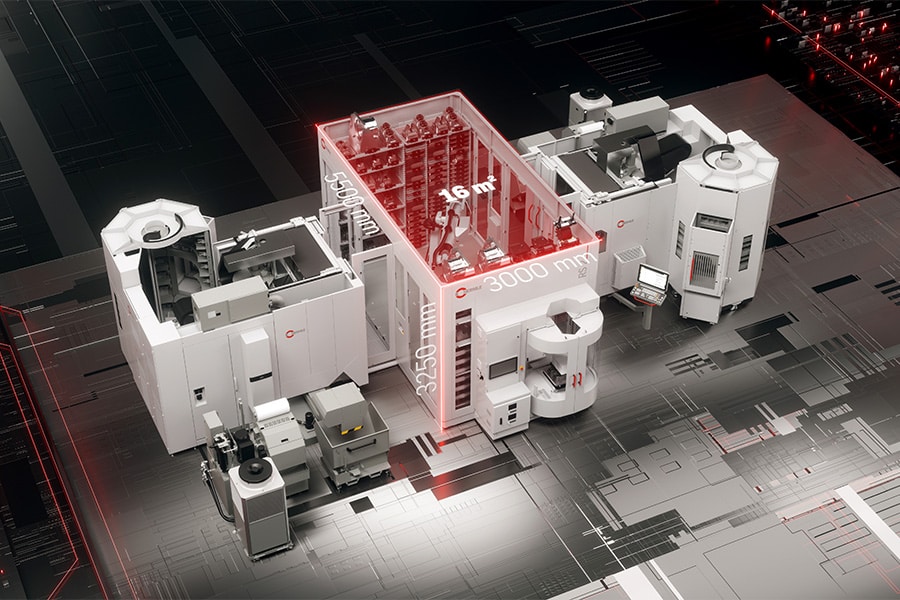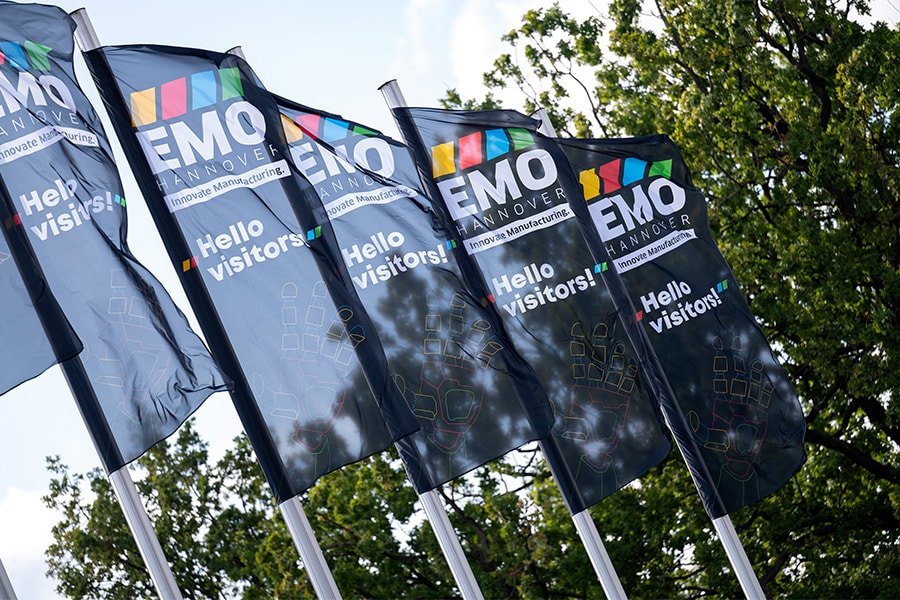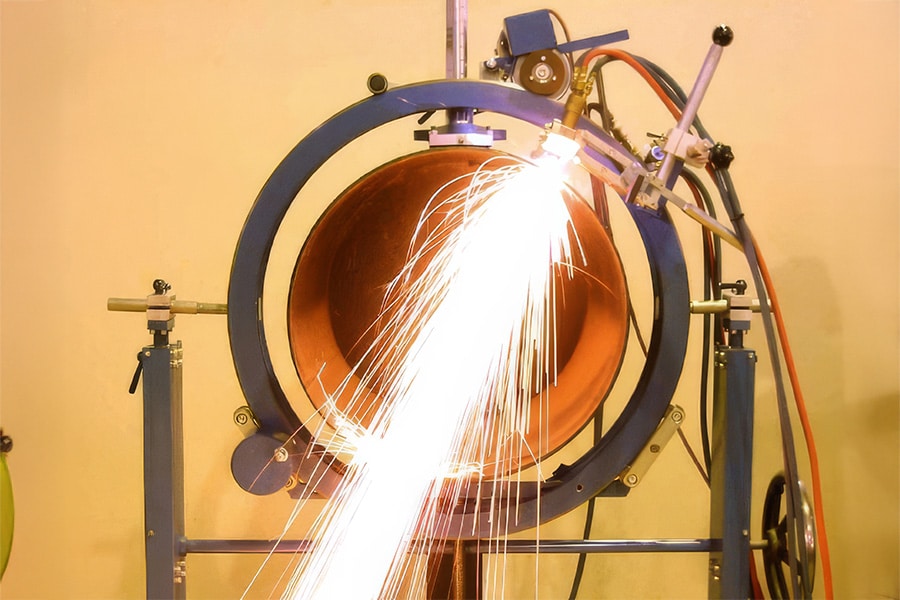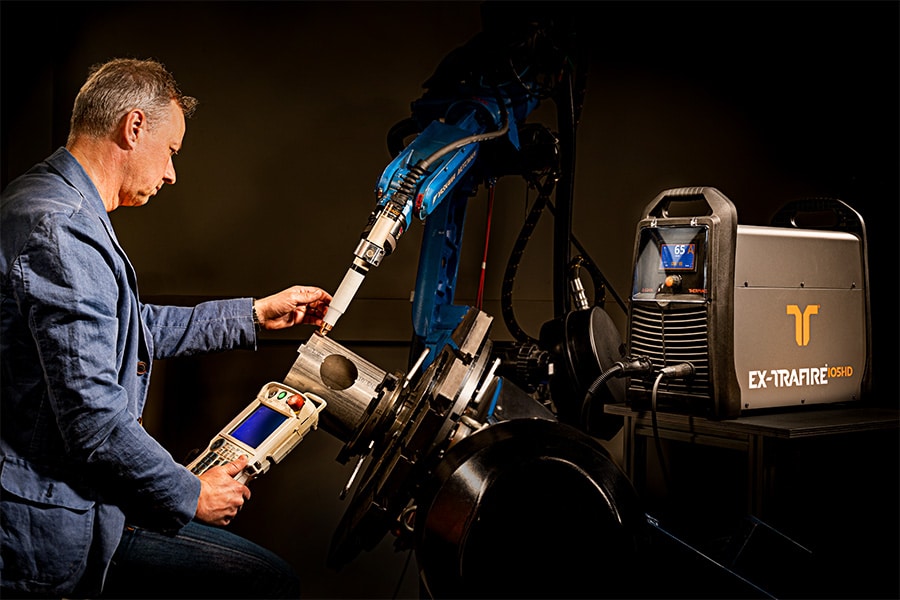
3D printing can increase competitiveness of manufacturing companies
Today, the industrial application of additive manufacturing seems to take place mainly outside Belgium and the Netherlands. However, this may eventually have negative consequences for our industry. This year, the TechniShow is paying a lot of attention to this theme in order to make the Dutch manufacturing industry more aware of the opportunities this revolutionary technology offers to increase competitiveness. For example, both the technology and the applications will be presented at the 3D Print Square.
While it remains relatively quiet in Belgium and the Netherlands when it comes to 3D metal printing, elsewhere investments are being made in additive manufacturing (AM) knowledge building, technology and product development. "The hype is off. Companies now have to find the applications and that requires redesign. However, the Netherlands is a supplier country and the market is largely driven by others," said Menko Eisma, director Trumpf Netherlands. Henny ten Pas of Bender AM also sees the lack of OEMs as one of the main reasons why 3D metal printing lags behind here. "That's inherent in the nature of the manufacturing industry. And the OEMs we do have are outsourcing 3D printing abroad."

Image: Gefertec GmbH
A different approach needed
The companies are therefore pleased with the focus on this theme at the upcoming TechniShow 2020. "We are good at high mix, low volume and complex parts, which we produce in a highly automated way. 3D metal printing is certainly suitable for this," says Philippe Reinders Folmer, director Renishaw Benelux. "However, with additive manufacturing the costs are now often incurred at the beginning of the supply chain, while the benefits are for the parties at the end, the OEMs and their customers. Buyer and supplier must therefore work more closely together to redesign, align processes and take on the risk together." Eisma also shares this view and is convinced that sooner or later BV Nederland could be presented with the bill, if they do not keep up with technological developments now. In fact, according to ten Pas, it is already too late and we have to bet on alternative pathways, such as design optimization, post-processing, automation, even if we have to train the personnel to do so."
3D printing in the spotlight
Exhibitors at the TechniShow not only present machines and applications, but also show that 3D printing as a technology connects to existing manufacturing technologies. Renishaw integrates additive manufacturing into an automated production cell. Here, 3D printed workpieces are measured, then machined, then measured on the machine and finished to size. All measurement data are stored centrally at the ERP level. Bender AM shows examples of complex products from the laser powder bed machines from EOS; large rapidly printed workpieces from Gefertec and the microcomponents from 3D Microprint. The machine supplier will show how additive manufacturing fits within the companies and connects to milling and turning, for example. Trumpf is certainly demonstrating a metal printer at the booth, but it is mainly emphasizing applications. "We bring consultants with us, so visitors can submit questions or concrete applications to them. We want to trigger and enthuse them to definitely take the technology seriously," said Trumpf's Eisma. "We want to excite sheet metal processing companies. Additive manufacturing is often linked to machining companies, but we see opportunities for sheet metal workers as well. In the future, companies with only a laser and bending bench will struggle, but with a 3D printer they can add value for their customers."

Image: 3D-Microprint GmbH
Mandatory number
The 3D Printing Square, according to the various participants, is a required number for any self-respecting company. Folmer, Eisma and ten Pas advise companies to investigate what additive manufacturing can mean in the supply chain in which they operate. Smaller companies need not react immediately, but they should watch what happens. The least companies should do is to look into the topic with their customers.



